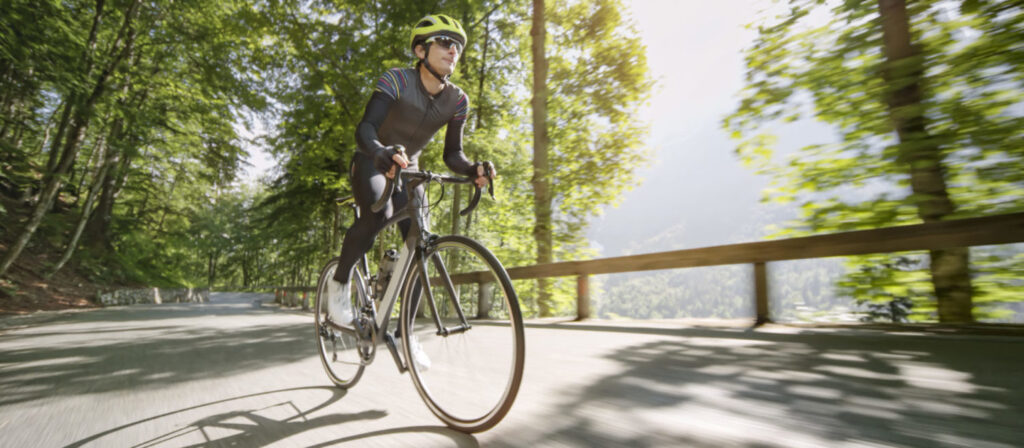THE TOP 5 QUESTIONS ABOUT BIKE HELMETS ANSWERED

Cycling is a great outdoor activity for keeping in shape and enjoying the fresh air. While the sport has many health benefits (including social distancing in a well-ventilated area), it can also be hazardous, so it’s important to protect your head and prevent injury. The answers to these 5 questions will help you enjoy your ride and stay safe while doing so.
1.Do I really have to wear one?
Do you really have to wear a helmet? If you want to survive a collision, then yes. According to statistics from the Insurance Institute of Highway Safety, almost all cyclists killed by cars were not wearing a helmet. Only 16% of those killed were also wearing head protection, making helmet-wearers MUCH more likely to survive the accident. You cannot control what motorists do, but you can save your own life by putting on a helmet!
At Kintsugi Physical Therapy & Wellness, we treat plenty of patients with neck pain, balance issues, and brain injuries following accidents. I often stop to think, “how bad would this injury have been if this person wasn’t wearing protective gear?”
2.How do I get the right fit?
Most manufacturers have a variety of sizes from small to x-large. Get one that fits your head around snugly and rests on top; when it is tightened (usually with some sort of mechanism at the back), you should be able to nod your head without it falling off. The chin strap should then be tightened to fit closely without being restrictive (fitting two fingers under the strap).
Most helmets have a Y-shaped strap that goes around the ear and can move the intersection up or down. This should be adjusted so that the little clip is below or in front of the ear and both arms of the Y are equally taught. If the clip is behind the ear, it could damage your carotid artery in a crash.
3.What safety standard should I look for?
I recommend buying a helmet that has a MIPS (Multi-directional Impact Protection System) built-in. This feature allows the helmet to rotate slightly when there is an impact, which reduces the rotational impact on your brain. Look for a yellow dot with MIPS in black indicating this feature.
Visit https://mipsprotection.com/ to learn more.
4.How much should I spend?
Safety tech (such as MIPS), extra features, and weight are factors that make a helmet more expensive. We already discussed MIPS in the last section; other extra features include a built-in visor, ventilation holes, easy-clasp chin straps, and a host of others. I recommend spending more for comfort because this will make you more likely to wear the helmet.
Light-weight and aerodynamic features are more about going fast. If you don’t care about top speed, don’t spend the money there. The top-end pro helmets may even be less comfortable or wear out sooner.
5.How about a used or old one?
While it’s tempting to save money, you should not buy a used helmet. If that helmet was involved in a crash, the internal structure may be damaged and you would not be able to tell. It may look fine but not protect you if you crash.
In fact, if you crash and your helmet hits the ground, you should throw it out and buy another (even if you can’t see any damage). You might be sad to see it go, but it’s not worth risking your brain!
BONUS 6th question: What if I DO get injured?
Wearing a helmet can greatly reduce your chances of injury and death. However, if you find yourself involved in a collision and need help getting back to 100%, Kintsugi Physical Therapy & Wellness can help. We regularly treat patients with dizziness, headaches, neck stiffness, and vision problems associated with brain injury, as well as sprains, strains, and recovery from all kinds of accidents. Don’t settle for less than a joyful, healthier life!
